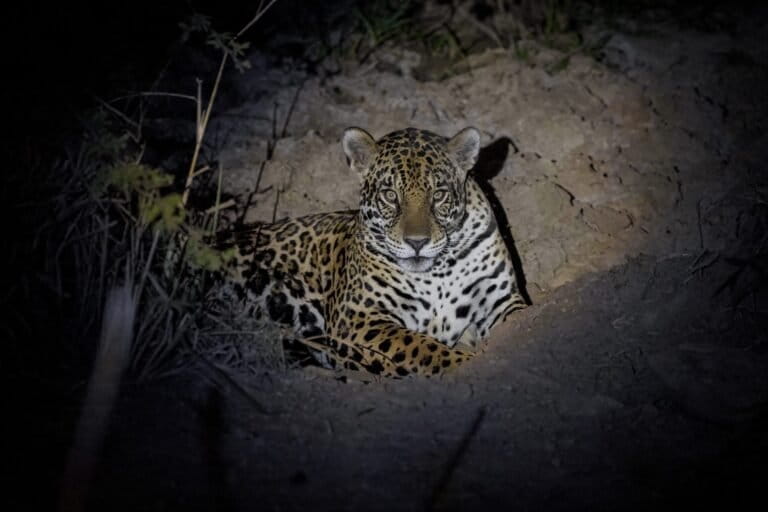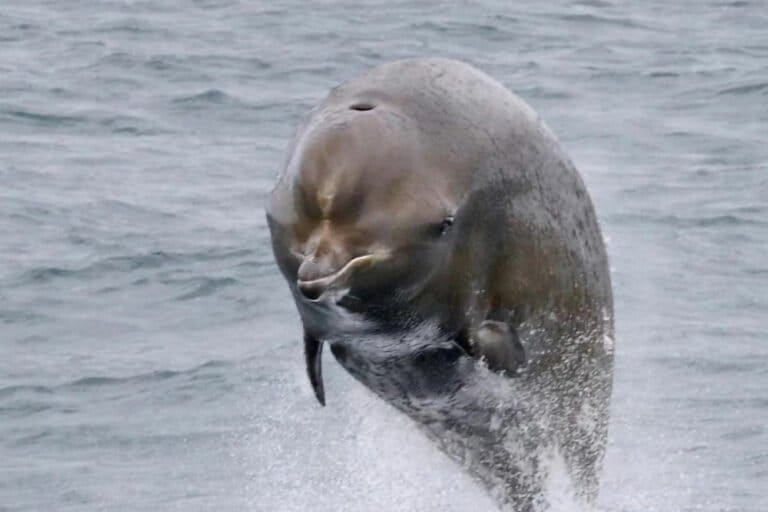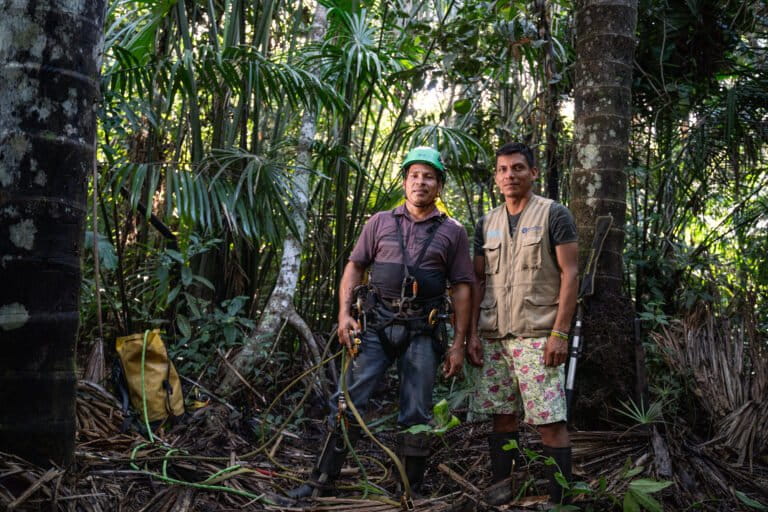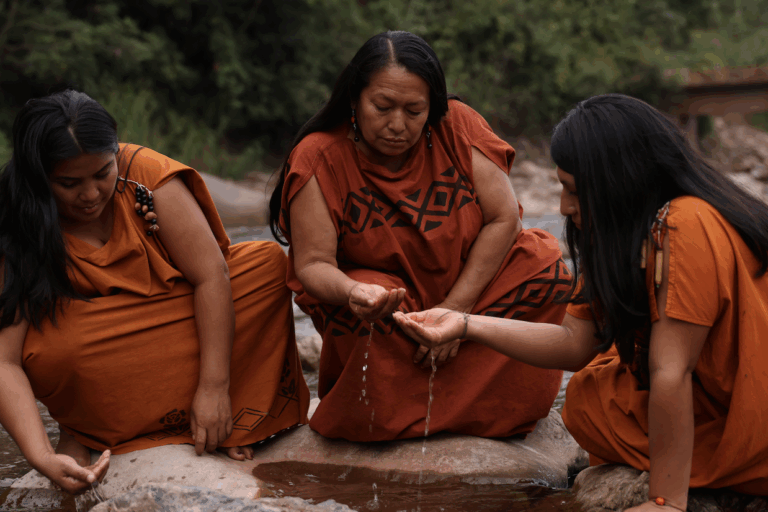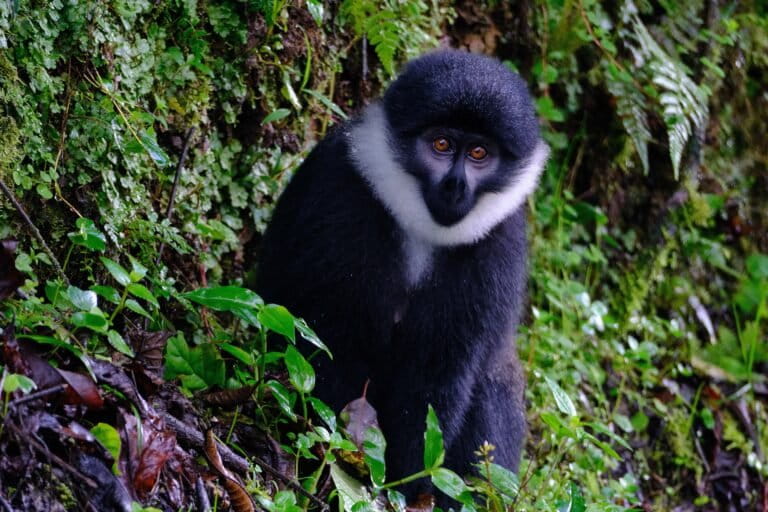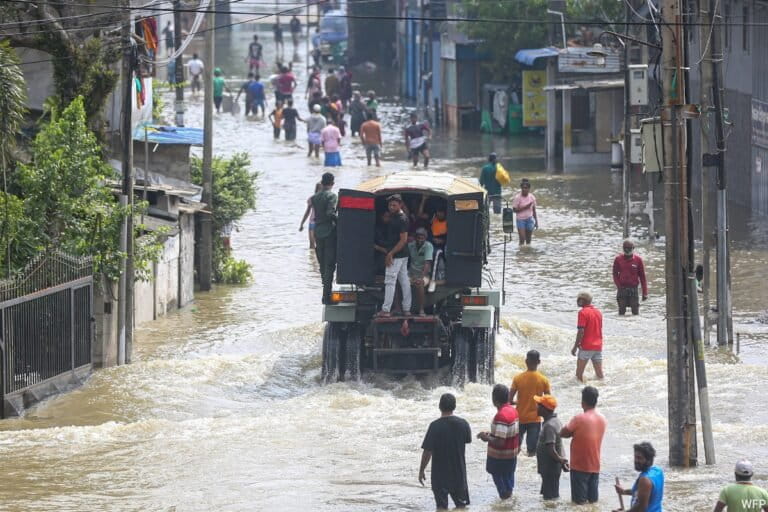- The Asia-Pacific region’s biological wealth and rapid development makes it a highly vulnerable and critical part of Earth’s overall health, notes expert William Laurance.
- Laurance, a distinguished research professor at Australia’s James Cook University, noted that 95 percent of illegal deforestation takes place within 3.4 miles of a road.
- Southeast Asia, with the most wood per hectare of forests in the world and home to numerous developing nations, is particularly at risk.
HANOI, Vietnam – Nearly 200 experts, academics and officials from around the world gathered last week in Vietnam’s capital city of Hanoi for an international forum on sustainable infrastructure. The two-day conference tackled issues related to the developing world’s massive need for new infrastructure in light of climate resilience and natural capital.
It was hosted by Vietnam’s Ministry of Natural Resources and Environment (MONRE), the Vietnam Institute for Strategy and Policy on Natural Resources and Environment (ISPONRE), the Asian Development Bank (ADB) and the WWF.
The forum opened with a keynote speech by William Laurance, a distinguished research professor at Australia’s James Cook University, called “Infrastructure Tsunami.” His comments paid special attention to the Asia-Pacific region.

“When you look at the Asia-Pacific, what you see is that the vulnerability of the ecosystems and the biological diversity here is really higher than it is in any other major region of the world,” Laurance explained.
“Overall, because there is such biological wealth here and so much development happening so fast, this is really regarded as the most vulnerable and critical part of planet Earth,” he added. “This is the area that has not only the world’s richest rainforest, but also has the world’s most biologically rich coral reefs.”
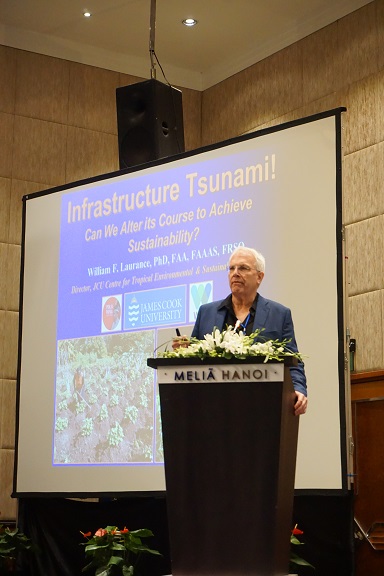
Laurance also focused on the huge impact that physical infrastructure, such as roads, have on these ecosystems. He said that according to estimates from the International Energy Agency, 15.5 million miles of new roads will be built by 2050. Of those roads, 90 percent of will be in developing nations.
Meanwhile, 95 percent of all illegal deforestation takes place within 3.4 miles of a road, meaning road construction will place massive pressure on jungles and forests in the future. Laurance made special mention of the risks facing Southeast Asia, which contains the most wood per hectare of forest in the world. Southeast Asian nations include Cambodia, Indonesia, Laos, Malaysia, Myanmar, Papua New Guinea, the Philippines, Singapore, Thailand and Vietnam.
The conference of experts, government officials and academics attempted to tackle some of these issues.
The conference included several breakout sessions, the first of which was led by Lisa Mandle, a senior scientist with the Natural Capital Project at Stanford University’s Woods Institute for the Environment. Mandle organized an activity in which teams had to map a road through a provided landscape which created the most economic benefit while minimizing environmental damage.
Another panel session entitled “Designing Ecologically Sensitive Transport Infrastructure” covered methods of integrating wildlife needs into development projects. Karma Yangzon, an environment specialist at the South Asia Transport Division of the ADB, discussed wildlife crossings in Bangladesh and Bhutan. Here, she explained, large animals such as elephants, tigers and leopards often cross roads and railways.
She offered a case study of four elephant underpasses in Bhutan, which worked well in their first year of operation. However, in the second year wild animals only used two. Of the other two, one was blocked by a natural barrier and another became a popular spot for picnics.
Yangzon explained that wildlife mitigation structures require strict attention to location, design, guide fencing, maintenance, monitoring, awareness and enforcement.
The conference also tackled financing, planning and improving regulations, with speakers from both the public and private sectors.
During the final session, the top principles created by the groups throughout the forum were presented for future development and discussion. They included species- and site-specific mitigating measures, full involvement of local communities throughout the process, the use of local technologies, materials and knowledge, and funding strategies.
Kim Thuy Ngoc, head of the Department of Science and International Cooperation at ISPONRE, told Mongabay that ISPONRE is currently studying the environmental impact of upgrading a provincial road in Vietnam’s Central Highlands with funding from the ADB, and she had gained valuable insight on best practices.
“We’re a policy adviser to MONRE [Vietnam’s Ministry of Natural Resources and Environment],” she explained. “We focus on natural resources, climate change, land use and minerals, among other fields.”
Laurance, noted that the forum had potential for far-reaching impact.
“I’ve been really impressed with the horsepower and the intellect of the people I’ve met here,” he said. “There are some really serious players in the infrastructure world and everything from planning to finance to multilateral lenders and donors to government officials.”
He also said that discussing sustainable infrastructure in Vietnam is particularly relevant.
“Here, in the newspaper typically two-thirds of the first several pages are full of environmental stories,” he said. “It’s obviously highly topical and highly timely to have a conference like this here and now, in a place like Hanoi. One has to compliment the government for being receptive to having this here and being part of it.”
Banner image: Maps and charts display information for teams to use as they plan the route of a new road. Photo by Michael Tatarski for Mongabay.
Editors note: William Laurance is a member of Mongabay’s advisory board.
Michael Tatarski is a freelance journalist based in Ho Chi Minh City, Vietnam. You can find him on Twitter at @miketatarski.
FEEDBACK: Use this form to send a message to the author of this post. If you want to post a public comment, you can do that at the bottom of the page.






